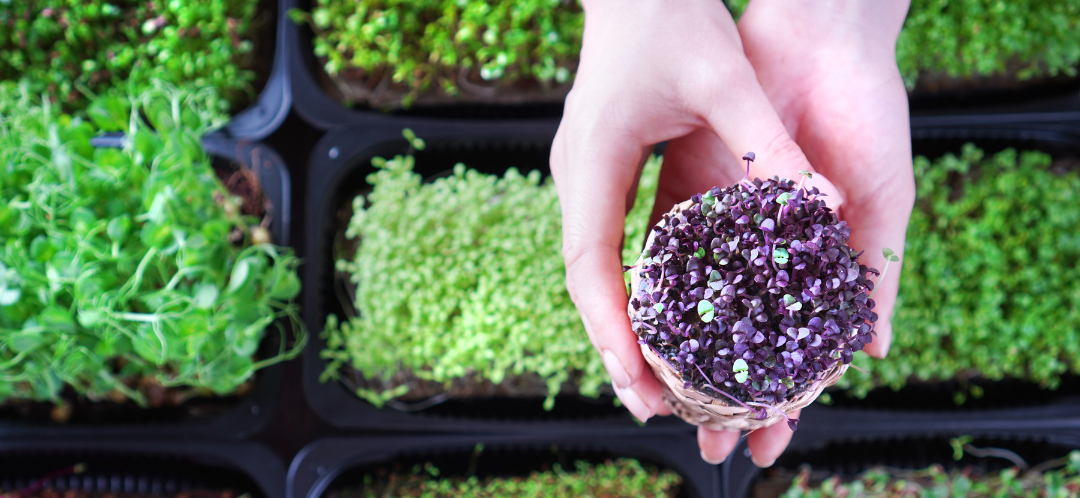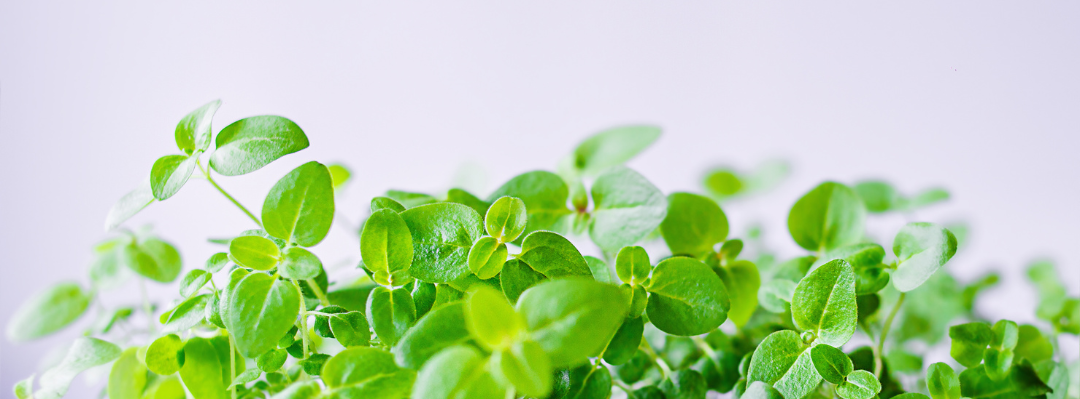
Storing microgreens properly after harvesting is essential to maintain their freshness, flavour, and nutritional value. Microgreens are delicate and highly perishable, so improper storage can lead to wilting, loss of flavour, and reduced shelf life. Microgreens are prized for their vibrant colours and fresh appearance. Proper storage helps retain their crispness and prevents them from wilting or becoming limp. Microgreens are also known for their intense flavours and aromatic qualities. Storing them correctly ensures that they retain their distinct taste and aroma, enhancing the culinary experience. Microgreens are nutrient-dense and packed with vitamins, minerals, and antioxidants. Improper storage can cause a loss of these valuable nutrients, so it’s essential to keep them fresh to maximise their nutritional benefits. Microgreens have a limited shelf life, but proper storage can help extend it. This allows you to enjoy them for a more extended period, reducing food waste. Poor storage conditions can lead to microbial growth and contamination, potentially causing foodborne illnesses. Proper storage practices help ensure the safety of the microgreens.
The first step in proper storage of microgreens is to harvest at the correct time. It’s important to harvest microgreens when they are at their peak of freshness, this ensures that you start with the best quality product. For most microgreen varieties the ideal time to harvest is right after their first true leaves appear, usually 7-14 days after sowing when they are 5-15 centimetres tall. After harvesting, it’s important to properly clean your microgreens. During the growth process, microgreens can accumulate debris, such as soil particles, dust, and plant matter. Cleaning them removes this unwanted material, improving their appearance and cleanliness. Microgreens are typically grown in a growth medium or soil, and some of this medium can cling to the roots and leaves. Cleaning helps eliminate any potential pathogens, bacteria, or contaminants that may be present in the soil or growth medium. This reduces the risk of foodborne illnesses. Clean microgreens also look more appealing and appetising, so removing dirt and impurities enhances their overall appearance and makes them more enjoyable to eat. To clean your microgreens, place the harvested microgreens in a colander or strainer and gently rinse them under cold, running water. Use a gentle stream of water to avoid damaging the delicate leaves. After rinsing, pat the microgreens dry using paper towels or a clean kitchen cloth. Alternatively, you can use a salad spinner to remove excess moisture. While drying, inspect the microgreens for any remaining debris, damaged leaves, or signs of spoilage. Remove any unwanted material or unhealthy parts.
When it comes to actually storing your microgreens, line a clean, breathable container with a paper towel or a clean kitchen cloth. This helps absorb any residual moisture and prevents condensation, which can lead to spoilage. Place the clean and dry microgreens in the lined container. Spread them out evenly to minimise crowding, which can cause bruising and wilting. Use a container with a lid or cover to protect the microgreens from external odours and moisture. However, make sure the container is not airtight, as microgreens need some airflow to stay fresh. Store the microgreens in the refrigerator at a temperature between 0 and 4 degrees celsius. A dedicated drawer or container for greens is ideal. Maintain high humidity (around 90-95%) by adding a damp paper towel or cloth on top of the microgreens. This helps prevent wilting and drying out. Periodically check the microgreens for any signs of spoilage, such as wilting or off odours. Remove any affected leaves promptly to prevent them from affecting the rest of the batch. Consume the microgreens within a few days to a week for optimal freshness and flavour. Microgreens are highly perishable and are best when consumed shortly after harvesting.
Remember that the specific requirements for storing microgreens may vary slightly depending on the variety, so it’s a good idea to research the specific needs of the microgreens you are growing. Proper storage practices will help you enjoy the full flavour and nutritional benefits of your freshly harvested microgreens while extending their shelf life and reducing food waste.
